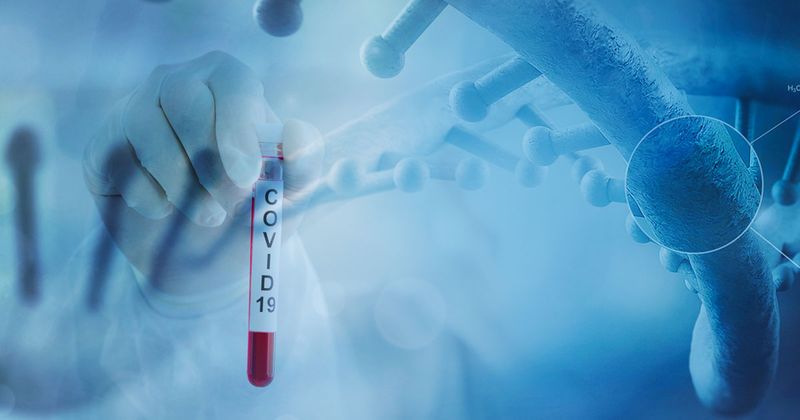Risk for acute liver injury low after COVID-19 vaccination, more common after infection
Click Here to Manage Email Alerts
Receiving an mRNA or inactivated COVID-19 vaccine did not increase the risk for acute liver injury, according to a study published in Journal of Hepatology.
Initial testing of COVID-19 vaccines did not yield reports of acute liver injury (ALI), in part because of insufficient sample size, but cases have since been identified, especially as new COVID-19 variants arise.

“Since the widespread rollout of COVID-19 vaccination programs across the globe, cases of adverse events, including rare complications affecting the liver in the form of ALI mimicking autoimmune hepatitis, have been described,” Carlos K.H. Wong, BSc, PhD, assistant professor of pharmacology, family medicine and primary care at The University of Hong Kong, and colleagues wrote.
They also noted that cases of ALI were reported after administration of various vaccines, suggesting the effects were likely independent of vaccine mechanisms. The COVID-19 vaccines available in Hong Kong, where the study was conducted, are BNT162b2 mRNA vaccine (Pfizer, BioNTech) and CoronaVac (Sinovac Biotech) inactivated vaccine.
Seeking to investigate the risk for ALI after COVID-19 vaccination, Wong and colleagues used vaccination and electronic medical records to identify incidence of ALI within 56 days after first and second doses of the two COVID-19 vaccines. They also evaluated ALI risk from COVID-19 infection.
Researchers analyzed the records of 2,343,288 vaccine recipients, of whom 4,677 had the first ALI incident within the 56-day, post-vaccination time frame. Among those who received the BNT162b2 vaccine, 307 recipients had ALI after the first vaccine and 521 after the second, equating to 335 and 334 per 100,000 person-years, respectively.
Similarly, 304 recipients had ALI after the first dose of the CoronaVac and 474 after the second, equating to 358 and 403 per 100,000 person-years, respectively.
There were 32,997 ALI cases per 100,000 person-years in patients within 56 days of natural infection.
According to study results, there was no increased risk within the 56-day, post-vaccination period for first [incidence rate ratio (IRR = 0.8; 95% CI, 0.68-0.942) and second doses (IRR = 0.944; 95% CI, 0.816-1.091) of BNT162b2 or first (IRR = 0.689; 95% CI, 0.588-0.807) and second doses (IRR = 0.905; 95% CI, 0.781-1.048) of CoronaVac, compared with the non-exposure period.
Further, ALI cases observed after COVID-19 vaccination were mostly mild and self-limiting, with no severe or fatal cases reported.
“Based on all current available evidence from previous studies and our study, the potential benefit of mass vaccination far outweighs the potential ALI risk from vaccination and SARS-CoV-2 infection,” Wong and colleagues wrote.
